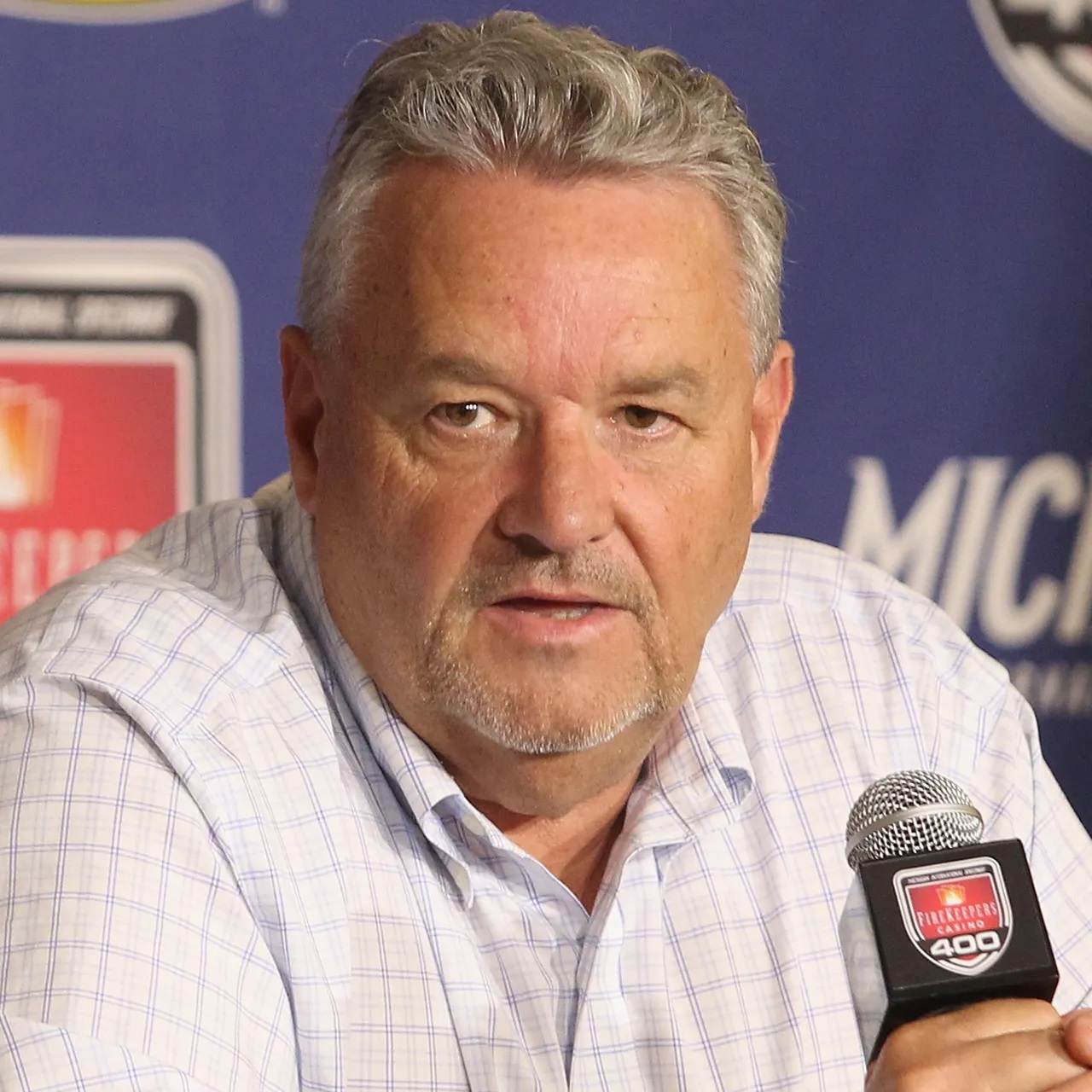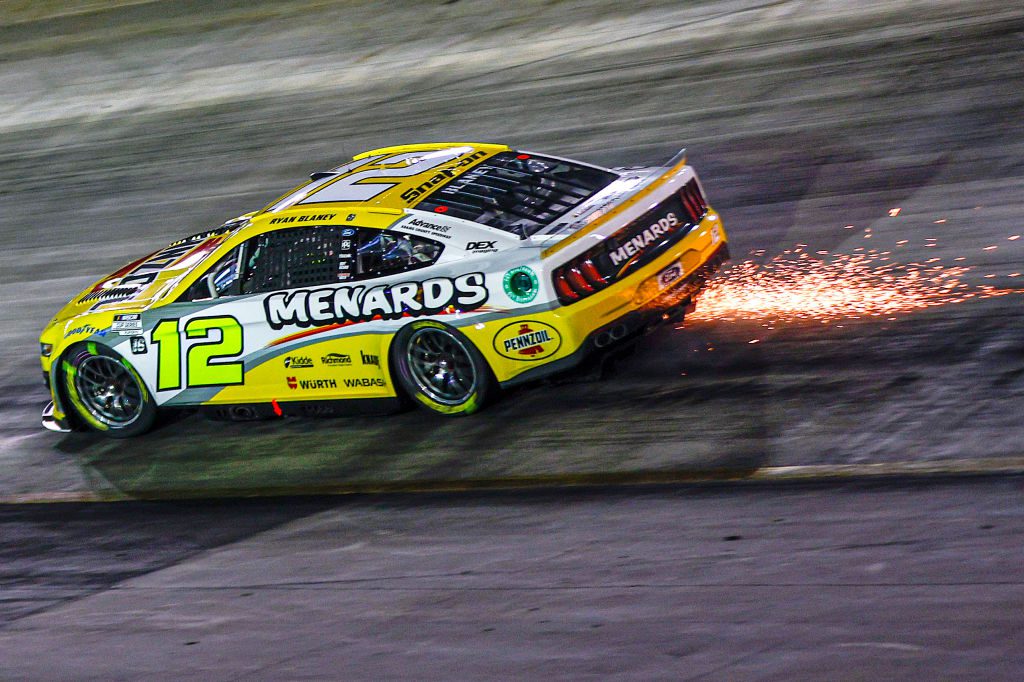NASCAR official addresses Next Gen issues at Bristol
A top NASCAR competition official on Tuesday addressed the level of attrition during Saturday night’s Cup Series race at Bristol Motor Speedway, providing context around some of the power-steering issues at the short track, how single-source parts were chosen and adding that there remains a learning curve with the Next Gen car.
Scott Miller, NASCAR Senior Vice President of Competition, made his remarks during a Tuesday morning appearance on SiriusXM NASCAR Radio. His comments came three days after Saturday’s Bass Pro Shops Night Race at the 0.533-mile Tennessee track, where the playoff-eligible field was trimmed from 16 to 12 drivers.

Eight of the 36 drivers were not running at the finish of the 500-lap event. Three of the six Toyota teams experienced issues with power-steering failure, and a fourth – the No. 18 of Kyle Busch – was sidelined by engine trouble. Those problems, which were compounded by tire issues on the high-banked concrete layout, prompted criticism from several drivers about the design of the Next Gen racer, which made its debut in the Cup Series this season.
Miller answered those Tuesday, borrowing a phrase used by Kevin Harvick at Darlington and parroted Saturday night by Martin Truex Jr., Bristol’s last-place finisher after power-steering woes.
“Bristol is definitely a unique load case, and some things cropped up with the steering that weren’t expected,” Miller told SiriusXM. “But honestly, no excuse, but, you know, with the newness of this car and the newness of everything, I think that it’s not acceptable to have problems, but it’s probably part of the learning process for us all. All the teams and OEMs were involved in the RFP (request for proposal) process when we chose the parts so, everybody’s got a stake in this, and it’s not just NASCAR choosing quote-unquote crappy parts.”
Miller said that competition officials had a meeting scheduled Tuesday morning with Goodyear representatives to debrief about their findings at Bristol. As for any other reliability concerns, Miller indicated that his department at the Research & Development Center was busy seeking fixes.
“Well, with every part of this car actually being a new part and a new design, I think historically, in racing and in any walk of life, when you do something completely new with a departure, there’s a learning curve,” Miller said. “So we’re in that learning curve, and, you know, working really hard to make sure that everything works. And I think for the most part, it has. We did have some steering issues at Bristol. That is, again, a part that was chosen through the RFP process, and it is team serviceable. So you know, that’s where we are right now. Are we looking to improve on when we have problems? We absolutely 100% are, every single day.”
